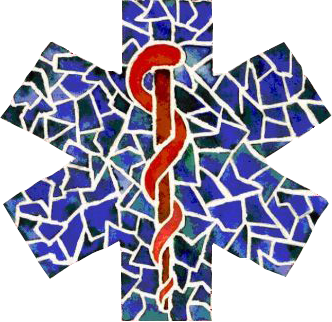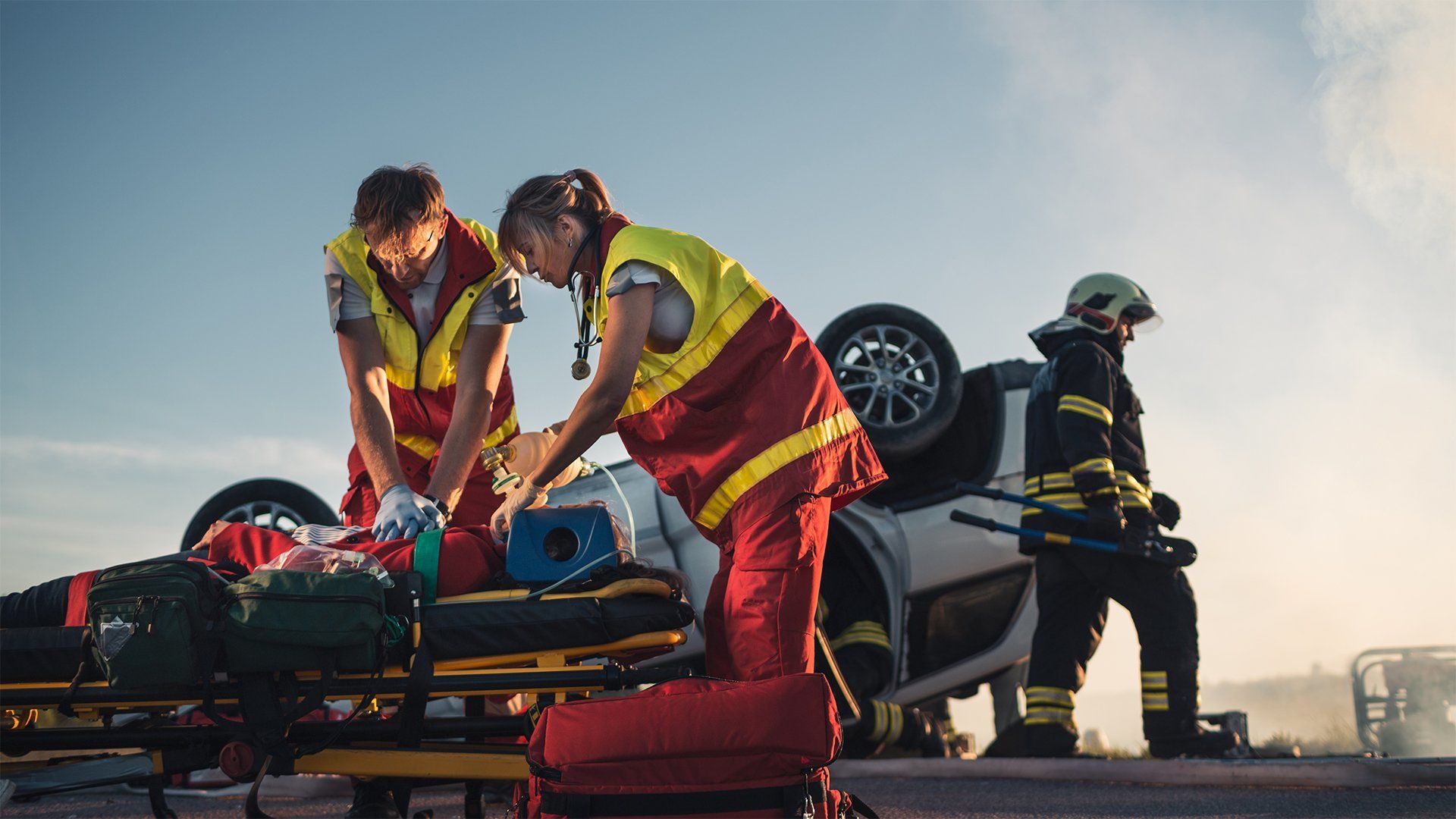EMS STANDARDS OF CARE
STANDARDS OF CARE
The first task in evaluating any EMS case is determining the appropriate standard of care.
I like to think of standards of care in EMS as concentric rings, the innermost ring being the protocols and standard operating procedures of the particular EMS service involved, the outermost ring being general industry standards. This is for two reasons; protocols and standing orders have the greatest authority over the conduct of the individual practitioner, and they are usually easy to obtain and apply to the given circumstance. Industry standards, on the other hand, may be more difficult to define and document.
EMS is ultimately regulated by each state, but there are national standards as well. Such national standards are formulated by organizations like the American Heart Association, National Highway Traffic Safety Foundation, the National Association of EMS Physicians, (and Educators and Officials and Managers). Fortunately, most states follow the general outlines of the national standards, but there are many variations of exactly how those standards are followed.
Protocols define the actions a provider is supposed to perform in any given circumstance, yet the introduction to most protocols declare they are merely “guidelines”. This is where things can get a little murky. Which element of each protocol must be followed in a specific situation, and which protocol allows judgement and discretion to play a role? Here’s an example.
Let’s say we have a patient who is not breathing but still has a pulse. Clearly, the goal for the EMT is to assist ventilation and provide oxygen. This can be accomplished with a number of devices depending on level of provider certification; bag-valve mask (BVM), supraglottic airway, oral or nasopharyngeal airway with BVM; endotracheal intubation; nasotracheal intubation; cricothyrotomy, etc. So, if a paramedic is authorized by protocol to utilize any of these techniques, it is up to his or her judgement which is the most appropriate under the circumstances. Those circumstances include such things as whether the jaw is clenched, facial injuries, difficult anatomy, distance to the hospital, level of consciousness, etc. In other words, experience and judgment.
And that experience and judgement add another factor to the equation. Let’s say we have a small child in cardiac arrest. It may be appropriate for an experienced critical care paramedic working on an advanced pediatric transport team to intubate the child. What about a brand-new paramedic cleared to work the streets a month ago? For the newbie, because of the difficulty of pediatric intubation, judgment would call for the use of a bag valve mask because pediatric intubation is too risky in less than highly experienced hands. Is pediatric intubation in the protocol? Yes. Should he use it? Probably not.
In some states, every individual EMS service has its own set of protocols signed by its physician Medical Director. In states there are regional protocols. And in others, statewide protocols. It is essential to know which kind of system you are evaluating.
Where getting the right advise is crucial. It is easy to see if a specific protocol was utilized in a specific case. What is more difficult is to determine if it should have been utilized.

